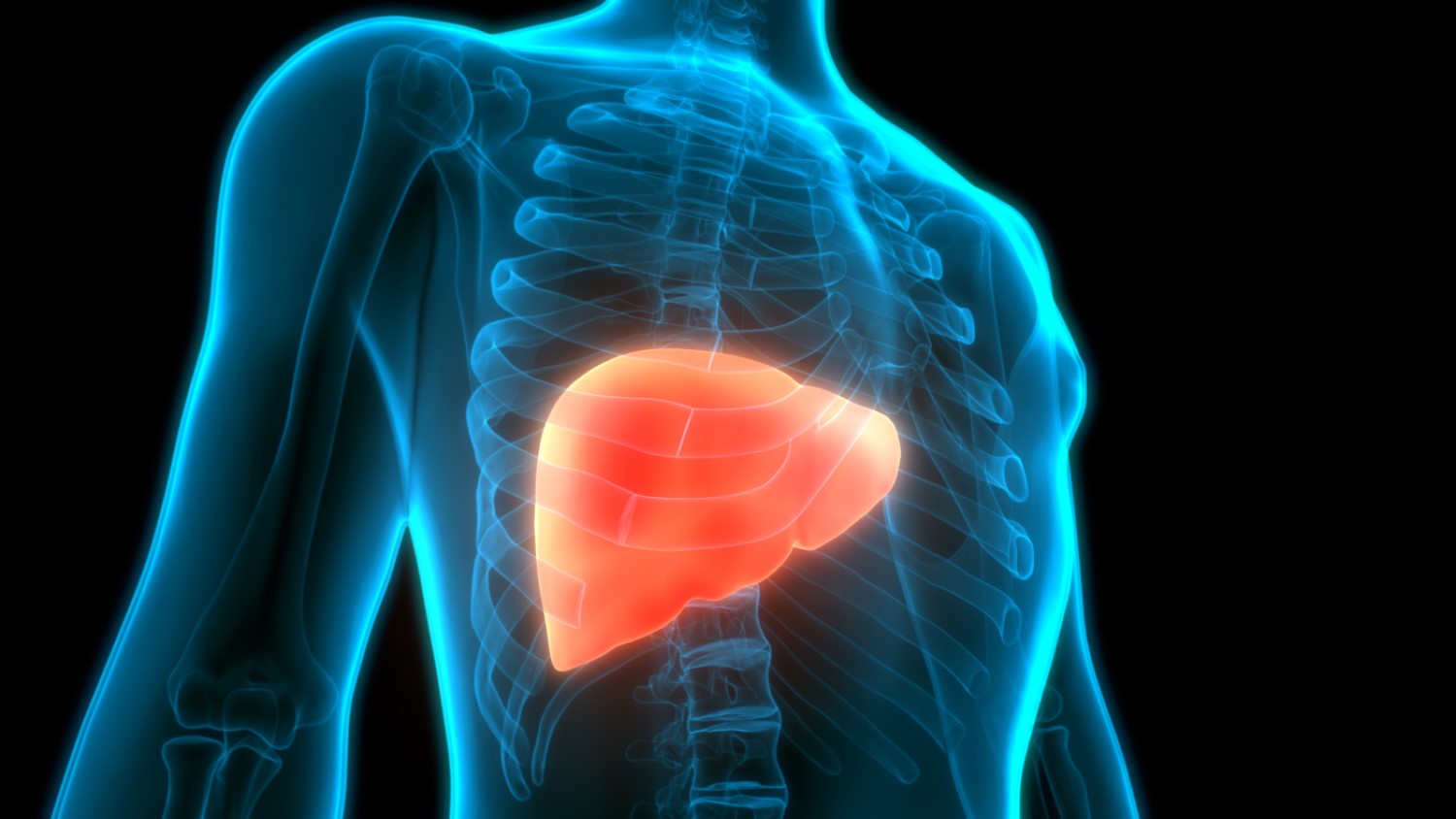
UCLA study identifies key protein that helps liver cancer resist heat-based treatment
On Jul. 10, 2025, a study led by investigators at the UCLA Health Jonsson Comprehensive Cancer Center may help explain why certain liver tumors return quickly after thermal ablation, a widely used minimally-invasive, image-guided technique that kills cancer cells by applying intense heat through a needle-like probe.
The team found that the sugar-binding protein Galectin-1 (Gal-1) plays a critical role in helping hepatocellular carcinoma, the most common form of primary liver cancer, resist thermal ablation and even thrive after being treated with high heat.
“We found that Gal-1 fuels cancer cells by boosting their ability to produce energy through sugar metabolism, allowing them to resist the effects of thermal stress,” said Dr. Jason Chiang, assistant professor of Radiological Sciences at the David Geffen School of Medicine at UCLA and senior author of the study. “It facilitates production of the additional energy required for liver cancer cells to continue growing, even after being exposed to thermal ablation. This helps the cells not only bounce back quickly after ablation but progress even faster on follow up imaging.”
The discovery, published in Hepatology, points to a promising new strategy that involves targeting Gal-1 to block the cancer’s survival mechanism. This combined approach could enhance the effectiveness of thermal ablation for people with early-stage, non-resectable liver cancer, and reduce the risk for progression after treatment. Gal-1 has previously been linked to cancer spread and resistance to therapy in other tumor types, this study is among the first to connect liver cancer recurrence to a specific metabolic mechanism driven by Gal-1, the researchers noted.
While more studies are needed to confirm the results in human patients, the research shows considerable clinical promise for improving patient outcomes. The discovery not only identifies a key metabolic driver of liver cancer recurrence but also introduces a potential new therapeutic target. By integrating Gal-1 inhibition into existing treatment strategies, clinicians may be able to eliminate residual tumor cells, reduce recurrence rates and potentially extend this benefit to more advanced stages of the disease.
Tags:
Source: UCLA Health Jonsson Comprehensive Cancer Center
Credit:
